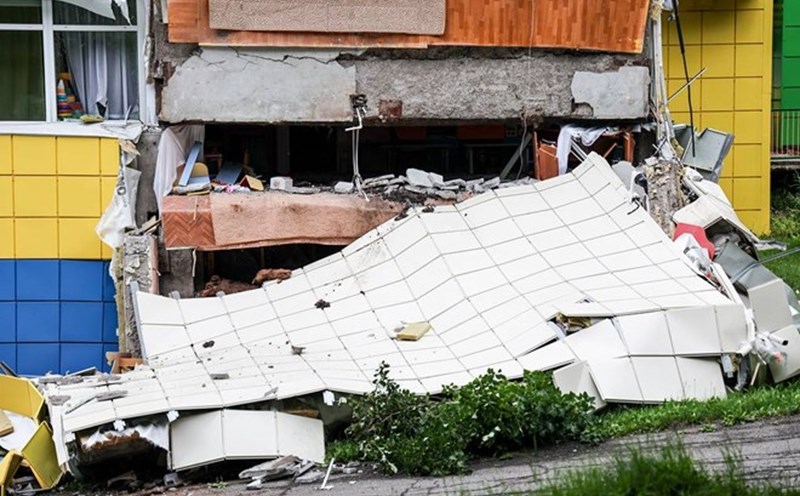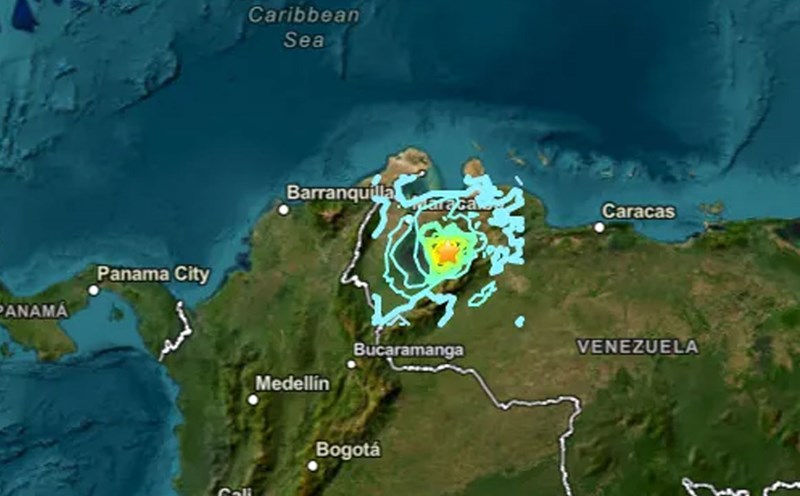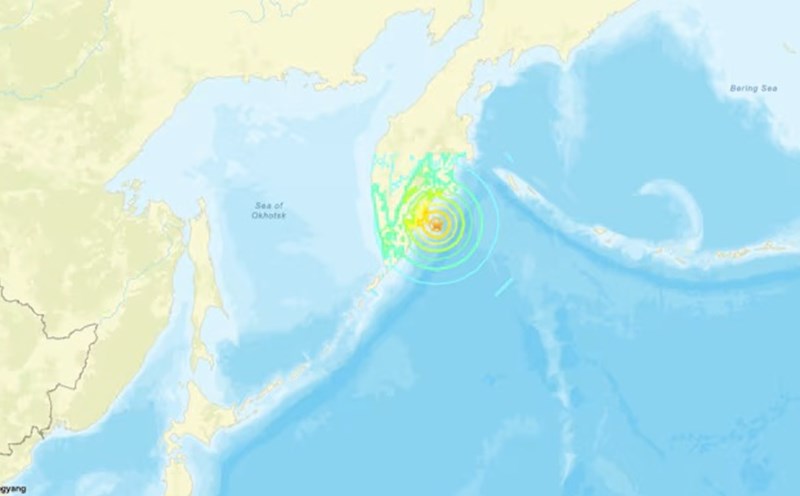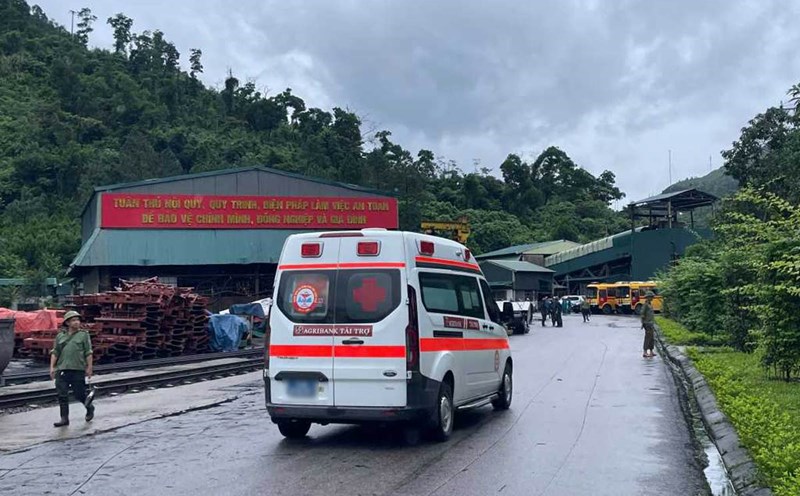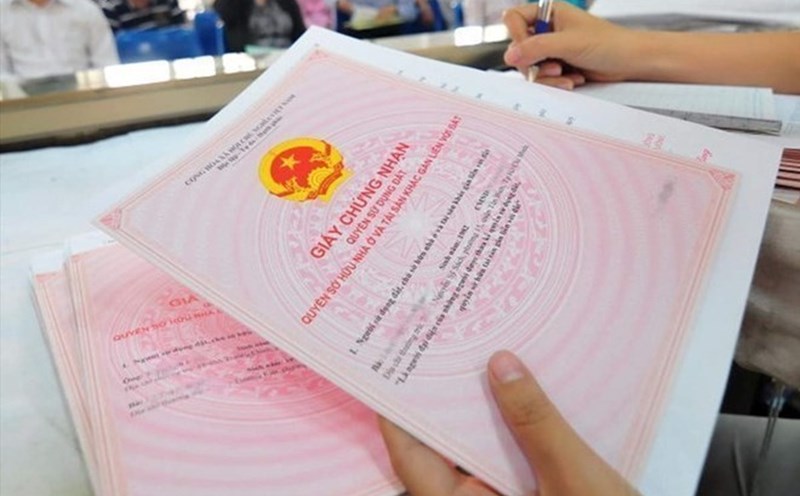On September 26, the Japan Government's Earthquake Investigation Commission said the probability of a super-solrent earthquake in the Nankai drain in the next 30 years had been adjusted from 80% to about 60-90%.
The reason is that a Japanese research team said it has discovered annual seabed subsidence near the Nankai trough, off the coast of the Pacific Ocean. This is the first time this process has been recorded, opening up a direction for assessing the risk of super earthquakes and sunscreens.
The team, led by Yuya Machida, a researcher with the Japan Agency for Science and Technology of the Sea and Earth (JAMSTEC), used water pressure measuring devices from the Donet Seismic and underwater Tsunami monitoring network. The measurements were conducted at two locations off the Kii Peninsula in central Japan.
The results showed that the seabed in the southeastern part of the peninsula subsided by about 1.5cm per year, while in the south it subsided by 2.5cm. This was discovered thanks to a high-precision mobile water pressure authentication device, combined with a laser measurement to record a small height difference, then compare data according to a cycle of 6 months to 1 year.
At Nankai trough, the ocean floor sinks below the continental shelf, causing the seabed to gradually decrease. This energy accumulation process can lead to sudden slides at the plaque boundary, causing large-scale earthquakes and sunslides. Although the boundary of the patch is not fixed and sometimes only slides slowly, causing small shocks, the risk of super earthquakes is always present.
The Japan Meteorological Agency is using Donet devices to detect sunscreens, based on converting water pressure into wave height data. The new discovery helps to clarify the link between seabed subsidence and natural disaster risk, while strengthening the ability to give early warnings.
Machida said that in the future, the research team hopes to expand the number of points for placing water pressure devices to better identify long-term subsidence trends, thereby improving the ability to forecast major geological disasters in this area.

